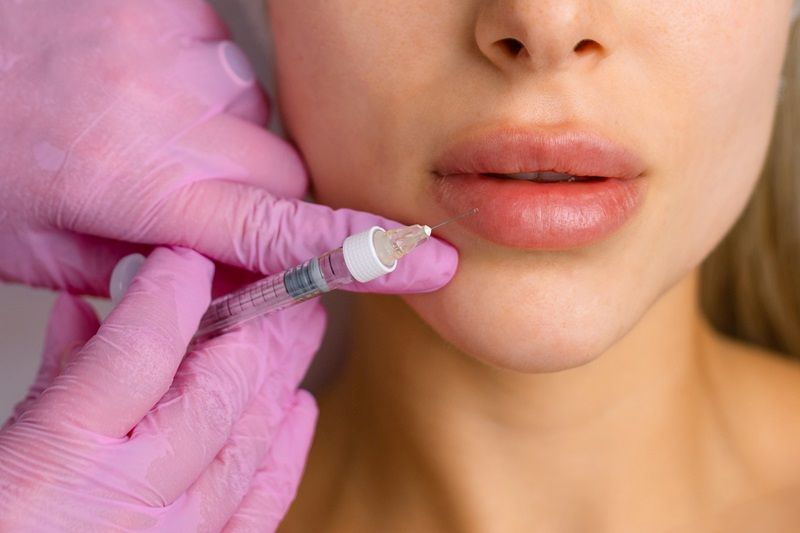The 988 hotline was launched in 2022 to provide immediate mental health crisis support, offering an easy-to-remember alternative to 911. Since its inception, the 988 hotline has received over 14.5 million calls nationwide, with more than 246,000 coming from Washington alone. However, concerns are rising over the future of the 988 hotline due to federal budget cuts affecting mental health services.
Recent staffing reductions at the Substance Abuse and Mental Health Services Administration (SAMHSA) have raised questions about the stability of the 988 hotline system. While Washington’s remains primarily funded by a state tax on phone lines, federal support provides crucial infrastructure and resources. If federal funding declines further, the 988 hotline could face operational challenges, potentially limiting access for those in crisis.
The Role of SAMHSA and Federal Funding in the 988 Hotline
SAMHSA, housed within the Department of Health and Human Services, distributes grants to service providers and local governments addressing mental health and substance use disorders. Since 2014, Washington has received nearly $1.5 billion in SAMHSA grants. Additionally, Washington’s Department of Health receives approximately $4.6 million annually from SAMHSA to support 988 hotline operations—accounting for about 14% of the state’s total funding for the hotline.
Federal Cuts and Their Potential Impact
Recent reports indicate that SAMHSA has laid off about 100 employees—10% of its workforce—as a result of President Donald Trump and Elon Musk’s firing of probationary employees. Some reports suggest future cuts could reduce SAMHSA’s workforce by half, which could impact the national 988 hotline response system.
SAMHSA has not provided specific responses regarding budget cuts or staffing reductions. However, spokesperson Danielle Bennett reassured that “The 988 hotline continues daily, life-saving work, helping thousands of people every day and millions of people every year.”
State and National Responses to Funding Concerns
Lawmakers, including Rep. Pramila Jayapal (D-Seattle), have voiced strong opposition to the cuts. Jayapal criticized the Trump administration for reducing funding for essential health programs, including SAMHSA and the National Institutes of Health (NIH).
State Sen. Tina Orwall (D-Burien), a key advocate for Washington’s 988 hotline implementation, expressed deep concern over the potential effects of federal reductions. “It’s incredibly disturbing to hear about reductions at SAMHSA. This is a key window of work being done, and these cuts could severely impact our nation’s ability to implement the 988 hotline.”
How the 988 Hotline Works and Who Runs It in Washington
The 988 hotline is available 24/7 for crisis intervention via call, text, or online chat. Washington’s Department of Health oversees state operations, with three organizations—Crisis Connections, Frontier Behavioral Health, and Volunteers of America Western Washington—running the crisis call centers.
Most funding comes from a state tax on phone lines, currently at 40 cents per month. A proposed state bill aims to increase this fee to 80 cents over two years to fund additional behavioral health services.
Concerns for Specialized Crisis Lines
Beyond the main specialized services exist for specific groups:
- Veterans Crisis Line (Press 1) – Operated by the Department of Veterans Affairs
- Spanish Support Line (Press 2) – Federally managed
- LGBTQ+ Youth Line (Press 3) – Federally managed
- Native and Strong Lifeline (Press 4) – Operated by Volunteers of America Western Washington
With federal cuts potentially affecting programs related to diversity, equity, and inclusion, concerns arise over the future of these vital services. “It’s hard to say if funding for the Native and Strong Lifeline will be impacted,” said Levi Van Dyke, Chief Behavioral Health Officer at Volunteers of America Western Washington. “Most of the state-supported infrastructure will remain intact, but beyond that, we don’t know.”
Looking Ahead
Washington currently answers 94% of its 988 hotline calls in-state, but other states have much lower rates, some as low as 57%. The state relies on Vibrant Emotional Health, a nonprofit contracted by SAMHSA, to route calls and provide backup services. While Vibrant has stated that operations remain uninterrupted, the uncertainty surrounding federal funding cuts continues to be a major concern.
“We’re worried about losing resources for vulnerable populations,” said Michele Roberts, Washington’s Assistant Secretary for Prevention and Community Health. “Tailored services are key to meeting people where they are and addressing their lived experiences.”
With ongoing discussions about federal budget reductions—including potential cuts to Medicaid—mental health advocates fear the nation could take steps backward in crisis care.
“It just seems like there’s nothing sacred anymore,” Orwall said. “Depending on the extent of these cuts, we could see serious setbacks in mental health crisis intervention.”
Frequently Asked Questions –
What is the 988 hotline?
The 988 hotline is a nationwide crisis helpline designed to provide mental health and suicide prevention support. It is available 24/7 via call, text, or online chat.
Who funds the 988 hotline in Washington?
Washington funds the 988 hotline primarily through a 40-cent monthly tax on phone lines, with additional support from SAMHSA federal grants.
How do staffing cuts at SAMHSA affect the 988 hotline?
While Washington has not yet seen significant effects, federal cuts could impact infrastructure, specialized services, and backup call routing.
What specialized crisis services does the 988 hotline offer?
The 988 hotline includes specialized crisis lines for veterans, Spanish-speaking individuals, LGBTQ+ youth, and Indigenous communities.
What should I do if I need mental health help?
If you are in crisis, call or text anytime for free, confidential support from trained crisis counselors.











Leave a Reply